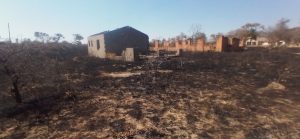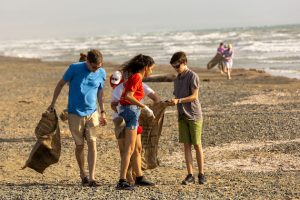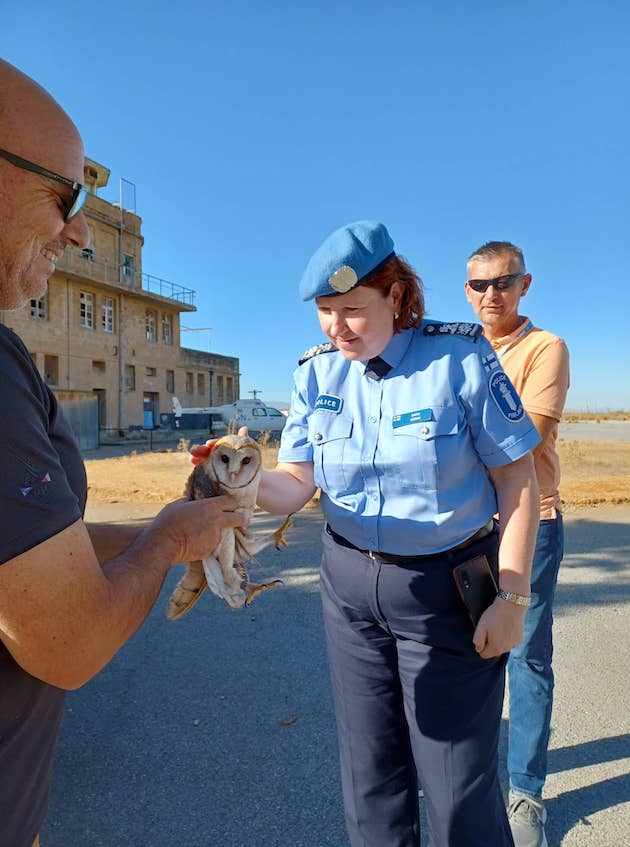RIYAD, Arabie Saoudite, 27 sept. 2023 (GLOBE NEWSWIRE) — Son Altesse Royale, le prince hritier saoudien Mohammed ben Salmane bin Abdulaziz Al Saud, Premier ministre et prsident de Soudah Development, a dvoil le plan directeur pour dvelopper un nouveau projet dans la rgion montagneuse de Soudah et certaines parties de Rijal Almaa. Le projet Soudah Peaks prvoit la cration d'une destination de tourisme de montagne de luxe 3015 mtres d'altitude, sur le plus haut sommet d'Arabie saoudite. Situ dans un environnement naturel et culturel extraordinaire dans la rgion d'Asir, dans le sud–ouest de l'Arabie saoudite, le projet sert d'lment cl des efforts du Fonds d'investissement public (PIF) visant diversifier l'conomie en dveloppant des industries vitales telles que le tourisme, l'htellerie et les loisirs, et en soutenant la stratgie de dveloppement d'Asir.
Le prince hritier Mohammed bin Salman, prsident du conseil d'administration de Soudah Development, a dclar que Soudah Peaks reprsentait une nouvelle re du tourisme de montagne de luxe, dans la mesure o il propose une exprience de vie sans prcdent tout en prservant l'environnement naturel et la richesse culturelle et patrimoniale. Ce projet est stratgiquement conforme aux objectifs de la Vision 2030, savoir dvelopper le tourisme et les loisirs, soutenir la croissance conomique, attirer les investissements, contribuer hauteur de plus de 29 milliards de riyals saoudiens au PIB cumul du Royaume et crer des milliers de possibilits d'emploi directes et indirectes.
Et son altesse royale d'ajouter : Le plan directeur raffirme notre engagement aux efforts mondiaux visant prserver l'environnement et les ressources naturelles pour les gnrations futures contribuer la diversification des sources de revenus nationaux et la construction d'une conomie solide qui attire les investissements locaux et mondiaux .
Soudah Peaks sera une addition importante au secteur du tourisme en Arabie saoudite et placera le Royaume sur la carte du tourisme mondial, tout en clbrant la richesse de la culture et du patrimoine du pays. Les visiteurs auront l'occasion de dcouvrir la beaut de Soudah Peaks, d'explorer la richesse de sa culture et de son patrimoine, et de vivre l'exprience de l'hospitalit authentique de la communaut locale. Soudah Peaks proposera des expriences inoubliables dans un cadre verdoyant, au–dessus des nuages , a indiqu le prince hritier.
Soudah Peaks vise fournir des services d'hospitalit luxueux et haut de gamme plus de deux millions de visiteurs tout au long de l'anne d'ici 2033. Le plan directeur est conu de manire reflter les styles traditionnels et architecturaux locaux et promouvoir le patrimoine culturel et paysager de la rgion. La destination comptera six zones de dveloppement uniques : Tahlal, Sahab, Sabrah, Jareen, Rijal et Red Rock. Chacune d'entre elles disposera d'une gamme d'installations de classe mondiale, notamment des htels, des stations de montagne de luxe, des chalets rsidentiels, des villas, des manoirs haut de gamme, des attractions commerciales et de divertissement, ainsi que des attractions en plein air ddies au sport, l'aventure, au bien–tre et la culture.
Soudah Development fournira 2700 chambres d'htel, 1336 units rsidentielles et 80 000 mtres carrs d'espace commercial pour Soudah Peaks d'ici 2033. Le plan directeur sera dvelopp sur trois phases. L'achvement de la premire phase est prvu pour 2027 avec 940 chambres d'htel, 391 units rsidentielles et 32 000 mtres carrs d'espace commercial.
Soudah Peaks s'tend sur plus de 627 kilomtres carrs surplombant un paysage naturel impressionnant, avec moins de 1 % des terrains acquis des fins de construction. Il reflte en effet l'engagement de Soudah Development protger et prserver l'environnement, en adoptant les meilleures normes de dveloppement durable, et en contribuant aux efforts de l'Initiative verte saoudienne.
En tant que socit par actions ferme appartenant au PIF, Soudah Development vise dvelopper une destination touristique de montagne de luxe unique en Arabie Saoudite, tout en prservant l'environnement naturel et le patrimoine culturel de la zone du projet rpartie sur Soudah et certaines parties de Rijal Almaa.
propos de Soudah Development
Soudah Development est une socit anonyme ferme entirement dtenue par le Fonds d'investissement public (PIF) de l'Arabie saoudite. Elle a t cre pour stimuler le dveloppement d'une destination touristique de montagne de luxe, couvrant Soudah et certaines parties de Rijal Almaa, dans la rgion d'Asir, au sud–ouest de l'Arabie saoudite. Elle vise prserver le paysage naturel et respecter le riche patrimoine culturel de la rgion, en attirant 2 millions de visiteurs chaque anne d'ici 2033. Le dveloppement de Soudah a t annonc le 24 fvrier 2021 par SAR le prince hritier Mohammad bin Salman bin Abdulaziz Al Saud, Premier ministre et prsident du PIF.
Pour de plus amples informations, veuillez consulter les liens suivants :
Sites lectroniques : www.soudah.sa et www.soudahpeaks.com
Twitter, Instagram, LinkedIn et Facebook : @Soudahpeaks
Ou par email : press@soudah.sa
Le texte du communiqu issu d'une traduction ne doit d'aucune manire tre considr comme officiel. La seule version du communiqu qui fasse foi est celle du communiqu dans sa langue d'origine. La traduction devra toujours tre confronte au texte source, qui fera jurisprudence.
Contacts:
Mohammed A. Alshehri
Press@soudah.sa

GLOBENEWSWIRE (Distribution ID 1000841475)










